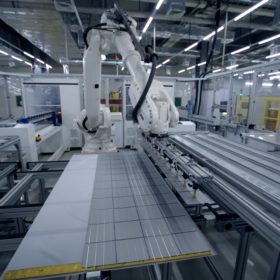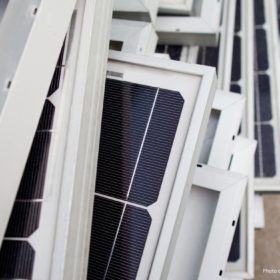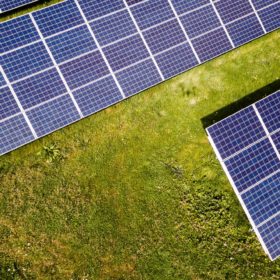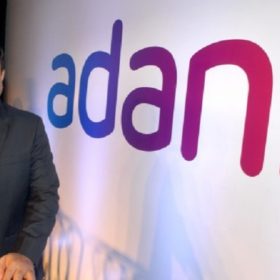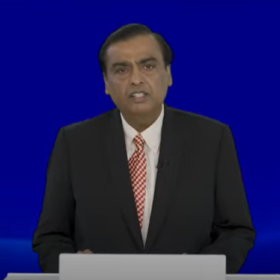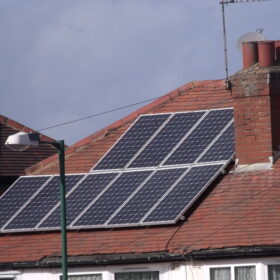Adani and Reliance to set up solar gigafabs under PLI Scheme
Adani and Reliance New Energy, along with Jindal India Solar and Shirdi Sai Electricals, are the top scorers in the shortlist released for the production-linked incentives (PLI) scheme for high-efficiency module manufacturing. The list also includes 14 other companies vying for the incentives. The PLI requirement quoted by the shortlisted applicants will decide the beneficiaries.
A circular economy can support India’s push for clean energy and self-reliance
Recovering valuable raw materials from end-of-life solar panels and batteries presents a great opportunity for India to secure their future availability as the nation chases its ambitious renewable energy targets.
Adani Group commits US$20 billion to renewable energy
The diversified business group with a 25 GW renewable energy portfolio will invest US$20 billion across renewable energy generation, component manufacturing, transmission, and distribution over the next ten years.
Solar on new-build homes has significantly shorter payback period
A report by BloombergNEF and Schneider Electric has pressed the case for governments to unlock the world’s potentially huge rooftop solar potential, and cited California’s solar mandate as a shining example.
Residential rooftop solar in India
Established in 2015, Gurugram-based solar EPC player Corrit Energy and Infra caters to a diverse customer profile ranging from large-scale industries to residences. Director and CEO Mayur Misra speaks about the current state of residential rooftop solar in India and emerging trends.
Orsted’s transition shows the way for Indian utilities and renewable energy companies
Orsted transitioned from a coal-intensive utility to a global renewable energy leader creating immense shareholder wealth. A new report looks at what strategic decisions led to this transition and learning for Indian companies to look forward to the future energy transition.
UK to invest $1.2 billion in green energy projects in India
UK’s development finance institution CDC will invest $1 billion in green projects in India between 2022-26. Besides, UK has committed a new $200-million private and multilateral investment into the joint UK-India Green Growth Equity Fund that invests in Indian renewable energy.
Adani Green Energy raises US$ 750 million from issuance of green bonds
The solar developer shall utilize the proceeds towards equity funding of the capex for its under-construction renewable projects.
Reliance Industries may acquire REC Solar
Mumbai-based Reliance Industries and REC Solar have declined to comment on rumors that the Indian company might acquire the Norwegian PV module maker, in a potential transaction that Indian media outlets have already valued at $1 billion to $1.2 billion.
International group offers $68m loans for struggling off-grid clean energy distributors
‘More than 90’ suppliers of appliances such as solar lanterns and home solar panels, as well as mini-grid installers, will be offered low-interest credit by an assortment of government-backed and privately-financed entities.
